News
Assessing the Damage: The First Step After Hurricane Walaka
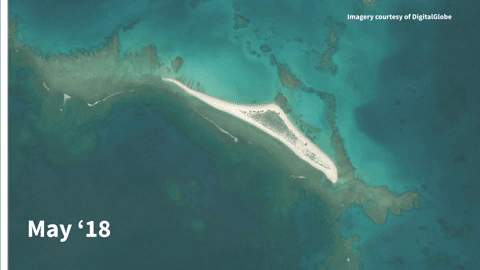
In early October, Hurricane Walaka ripped through Papahānaumokuākea Marine National Monument as a category three storm, directly passing over French Frigate Shoals. Part of the Hawaiian Islands National Wildlife Refuge, French Frigate Shoals is an atoll which includes a large, crescent-shaped reef surrounding numerous small, sandy islets. While the land area is a little more than ⅛ of a square mile, the total coral reef area of the shoals is over 460 square miles.
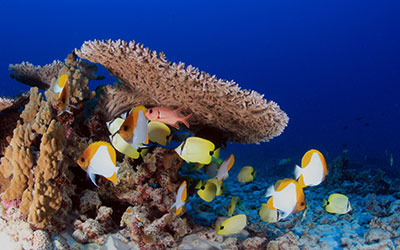
French Frigate Shoals is home to abundant wildlife and the one of the most significant coral reef systems in the Monument. Over 90% of the Hawaiian population of threatened green turtles travel to French Frigate Shoals for safe nesting. Satellite tagging of these turtles has indicated that most of them migrate to the main Hawaiian Islands to feed and then return to breed at French Frigate Shoals, while some turtles travel northwest to feed and others have traveled as far south as Johnston Atoll. The atoll is also host to endangered Hawaiian monk seals and serves as an important pupping site.
Hurricane Walaka had significant impacts on two of the small islands in French Frigate Shoals - East and Tern. East Island has been almost completely reclaimed by the ocean. Though a sliver of East remains, it was likely completely washed over by the storm in October. This island was an important nesting site for threatened green sea turtles, and while some unhatched turtle nests were likely impacted by the storm at East, scientists estimate that there were no adult turtles utilizing the island for nesting or basking at the time the hurricane struck.
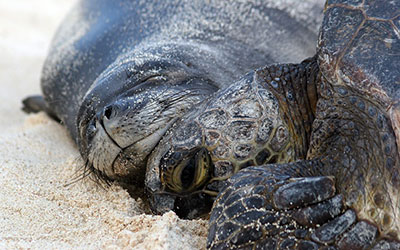
“Though a significant development for the turtle population, it is unclear what the impacts to the population will be at this time,” said Dr. Charles Littnan, NOAA Protected Resources. “Next year’s monitoring will be critical to assess the turtles response.”
At Tern Island, storm surge deposited sand and debris across the island, swept away vegetation, caused erosion, and changed habitat conditions. Portions of the island were completely overwashed or inundated by the ocean. Plants such as beach heliotrope (heliotropium foertherianum) were uprooted, burrows of nesting seabirds were flooded, and infrastructure left behind from the island’s days as a U.S. Navy airfield in World War II and a U.S. Coast Guard Long Range Navigation radio station were significantly damaged or destroyed. Unfortunately, some seabirds were also killed and turtle nests washed away by the storm.
According to NOAA researchers, most of the monk seal pups of the year were weaned by the time the hurricane moved through the area - making them less vulnerable to the impacts from the storm. However, the impact to the population is not known at this time - monitoring by scientists will play an essential role in understanding how monk seals were affected by this storm event.
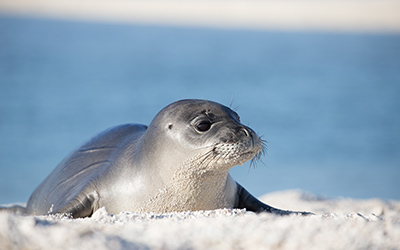
This is not the first time islands have become inundated and lost in French Frigate Shoals. Whale-Skate Islet was historically used as both a green turtle nesting and monk seal pupping area and Trig Island was an important monk seal pupping area. As is common in sand dominated ecosystems, Whale-Skate was lost to erosion during the 1990s and Trig Island eroded earlier in 2018. Observations by scientists have led them to believe that when these events occur, animals adapt by changing breeding locations.
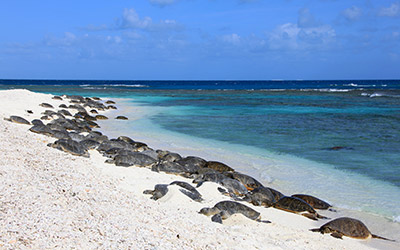
“Islands are dynamic, ever-changing ecosystems. Seals and turtles have encountered significant ecological changes in islands over time, and they have the ability to adapt,” said U.S. Fish and Wildlife Service Monument Superintendent Kate Toniolo. “The protected lands and waters within Papahānaumokuākea afford wildlife the opportunity to seek new, safe places to rest and raise their young.”
U.S. Fish and Wildlife Service biologists conducted the initial on-site assessment of the impacts to French Frigate Shoals from Hurricane Walaka. . The biologists were part of the NOAA Marine Debris Team that visited French Frigate Shoals aboard the charter vessel M/V Imua on October 25-26, 2018 as part of a previously scheduled stop for the purposes of removing marine debris and conducting Rapid Ecological Assessments of Tern and East Island.
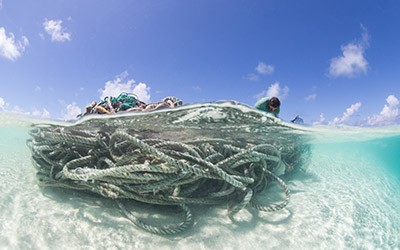
“Monument co-managers are working to better understand the implications for cultural resources and wildlife, protected species and their habitat within the Monument,” said a statement from the Monument Management Board. “We will continue to monitor the species and islands to better assess the impacts from the hurricane.”
Read the original update



